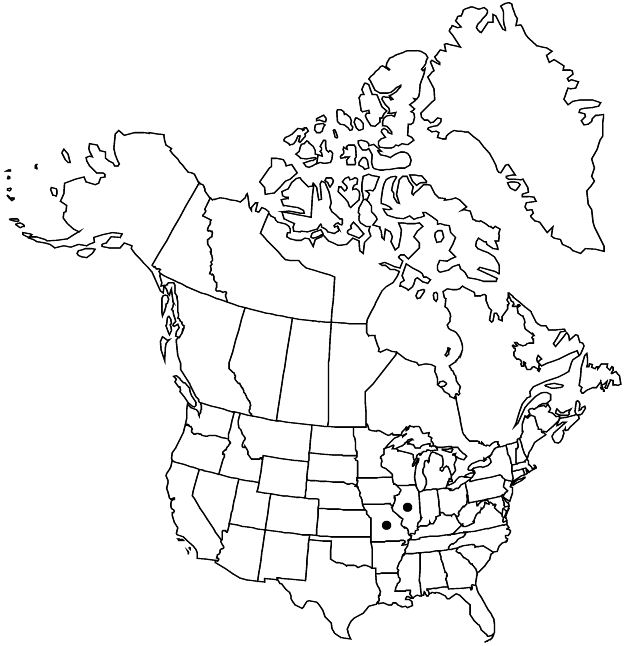Rhamnus japonica
Mém. Acad. Imp. Sci. Saint Pétersbourg, Sér. 7, 10(11): 11, figs. 52–64. 1866.
Shrubs or small trees, 1–6 m, armed with thorns. Branchlets reddish-brown to gray, glabrous. Leaves deciduous, opposite; petiole 5–16 mm; blade green on both surfaces, obovate to elliptic-oblanceolate or broadly oblanceolate, (2–) 3–7 cm, herbaceous, base acute, margins crenate-serrulate, apex acuminate, abaxial surface glabrous or glabrate, adaxial surface minutely hirtellous at least along main veins on distal 1/3, rarely glabrous; secondary-veins 4–5 pairs, all diverging at nearly same angle. Inflorescences fascicles or flowers solitary. Pedicels 3–7 mm. Sepals 4. Petals 4. Drupes black, globose, 5–6 (–8) mm; stones 2.
Phenology: Flowering Apr–May.
Habitat: Second-growth woodlands, disturbed sites.
Elevation: 100–300 m.
Distribution

Introduced; Ill., Mo., e Asia (Japan)
Discussion
Rhamnus japonica was first reported as naturalized in North America from the Morton Arboretum and its immediate vicinity in DuPage County, Illinois (F. Swink and G. Wilhelm 1994).
Selected References
None.
Lower Taxa
"thin" is not a number.